Achieve your nursing dreams with the NGN HESI RN 2024 Exit Exam – All Versions 2024, Latest & Accurate Real Exam Questions with Detailed Answers, Verified for Guaranteed Pass (Latest Update). This top-tier study resource is specifically designed for nursing students preparing for the HESI RN Exit Exam in 2024, offering a comprehensive collection of real exam questions across all versions of the test. Each question is meticulously sourced to reflect the latest 2024 HESI exam format, incorporating Next Generation NCLEX (NGN) question types such as case studies, extended multiple response, drop-down, and matrix items, ensuring alignment with the evolving standards of nursing education. Covering all critical HESI RN Exit Exam topics—including Medical-Surgical Nursing, Pediatrics, Maternity, Psychiatric Nursing, Fundamentals, Pharmacology, and Leadership—this product provides detailed answers and in-depth rationales for every question, helping you master the reasoning behind correct responses and sharpen your clinical judgment skills. With a typical HESI Exit Exam structure of 150 questions (including 10 unscored pilot items), this resource mirrors the real test experience, preparing you for both content and format. Verified by top nursing students and educators, this test bank guarantees a passing score by offering a proven, structured approach to exam preparation. Updated for 2024, it ensures you’re studying with the most current and accurate material available, making it the ultimate tool to secure your RN licensure and excel in your nursing program.
Preview
1. A patient presses the call bell and requests pain medication for a severe headache. To
assess the quality of the patient’s pain, which approach should the nurse use?
A) Ask the patient to rate the pain on a scale from 0-10
B) Ask the patient to describe the pain
C) Administer pain medication first, then assess pain
D) Measure blood pressure and temperature
Correct Answer: B) Ask the patient to describe the pain
Rationale: To assess the quality of the pain, it’s important to ask the patient to describe the
pain, such as its nature (sharp, dull, throbbing, etc.) and any associated symptoms. This provides
detailed information about the pain.
2. The nurse is wearing personal protective equipment while caring for a patient. When
exiting the room, which PPE should be removed first?
A) Mask
B) Gloves
C) Gown
D) Eye protection
Correct Answer: B) Gloves
Rationale: Gloves should be removed first to avoid contamination of other PPE. The mask,
gown, and eye protection should be removed afterward in a specific order to reduce the risk of
contamination.
3. An older patient is brought to the ED with a sudden onset of confusion after experiencing a
fall at home. The daughter, who has power of attorney, has brought the client’s prescriptions.
Which information should the nurse provide first when reporting to the healthcare provider
using SBAR communication?
A) Medications the patient is taking
B) History of falls and current injury
C) Increasing confusion of the patient
D) Family dynamics and caregiver support
Correct Answer: C) Increasing confusion of the patient
Rationale: In SBAR communication, the most immediate and relevant information is the
patient’s current condition. The increasing confusion is critical to address first.
4. A patient tells the nurse about working out with a personal trainer and swimming three
t
imes a week to lose weight and sleep better. The patient states that it still takes hours to fall
asleep at night. Which action should the nurse implement?
A) Suggest that the patient stop exercising before bed
B) Ask the patient to describe the exercise schedule that is being followed
C) Recommend a different sleep medication
D) Refer the patient for a sleep study
Correct Answer: B) Ask the patient to describe the exercise schedule that is being followed
Rationale: The nurse should first gather more information about the patient’s exercise schedule
to evaluate whether it might be affecting sleep patterns, such as exercise timing or intensity.
assess the quality of the patient’s pain, which approach should the nurse use?
A) Ask the patient to rate the pain on a scale from 0-10
B) Ask the patient to describe the pain
C) Administer pain medication first, then assess pain
D) Measure blood pressure and temperature
Correct Answer: B) Ask the patient to describe the pain
Rationale: To assess the quality of the pain, it’s important to ask the patient to describe the
pain, such as its nature (sharp, dull, throbbing, etc.) and any associated symptoms. This provides
detailed information about the pain.
2. The nurse is wearing personal protective equipment while caring for a patient. When
exiting the room, which PPE should be removed first?
A) Mask
B) Gloves
C) Gown
D) Eye protection
Correct Answer: B) Gloves
Rationale: Gloves should be removed first to avoid contamination of other PPE. The mask,
gown, and eye protection should be removed afterward in a specific order to reduce the risk of
contamination.
3. An older patient is brought to the ED with a sudden onset of confusion after experiencing a
fall at home. The daughter, who has power of attorney, has brought the client’s prescriptions.
Which information should the nurse provide first when reporting to the healthcare provider
using SBAR communication?
A) Medications the patient is taking
B) History of falls and current injury
C) Increasing confusion of the patient
D) Family dynamics and caregiver support
Correct Answer: C) Increasing confusion of the patient
Rationale: In SBAR communication, the most immediate and relevant information is the
patient’s current condition. The increasing confusion is critical to address first.
4. A patient tells the nurse about working out with a personal trainer and swimming three
t
imes a week to lose weight and sleep better. The patient states that it still takes hours to fall
asleep at night. Which action should the nurse implement?
A) Suggest that the patient stop exercising before bed
B) Ask the patient to describe the exercise schedule that is being followed
C) Recommend a different sleep medication
D) Refer the patient for a sleep study
Correct Answer: B) Ask the patient to describe the exercise schedule that is being followed
Rationale: The nurse should first gather more information about the patient’s exercise schedule
to evaluate whether it might be affecting sleep patterns, such as exercise timing or intensity.

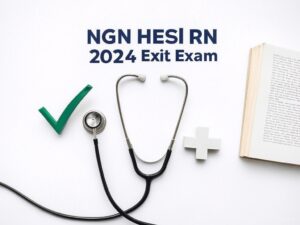


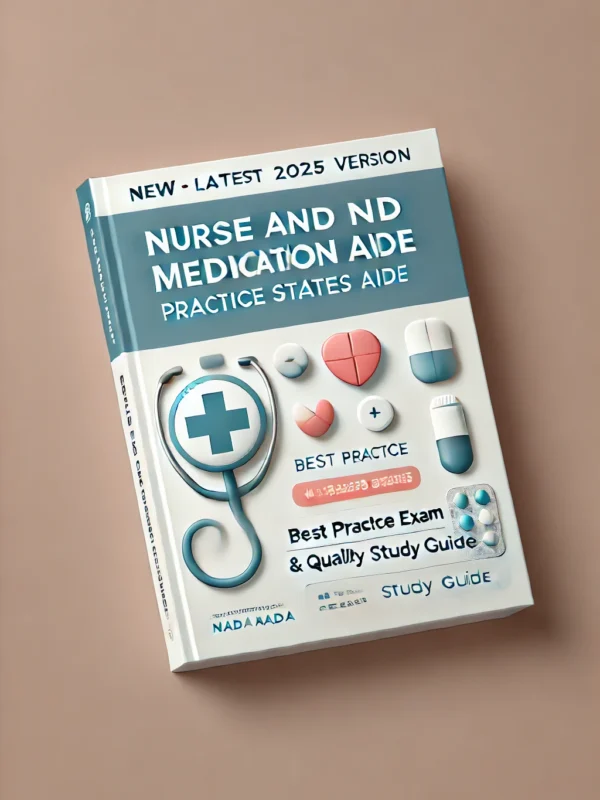

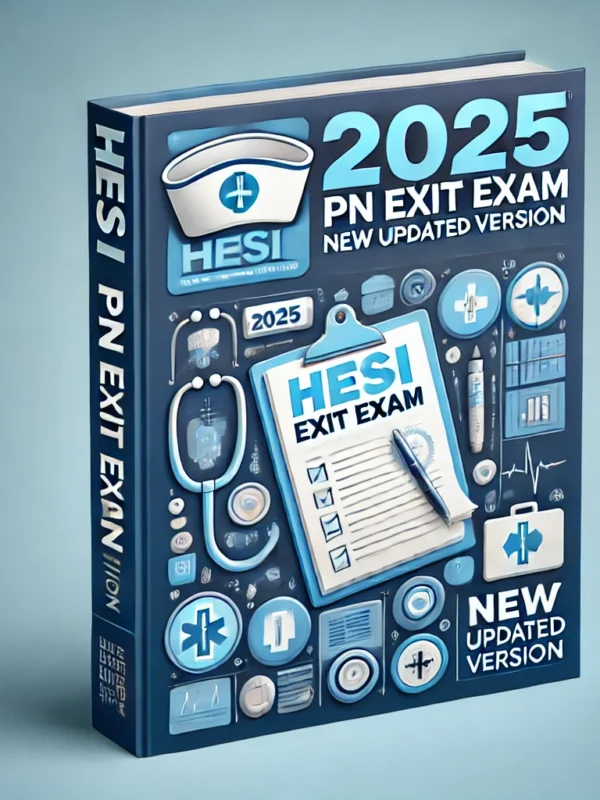
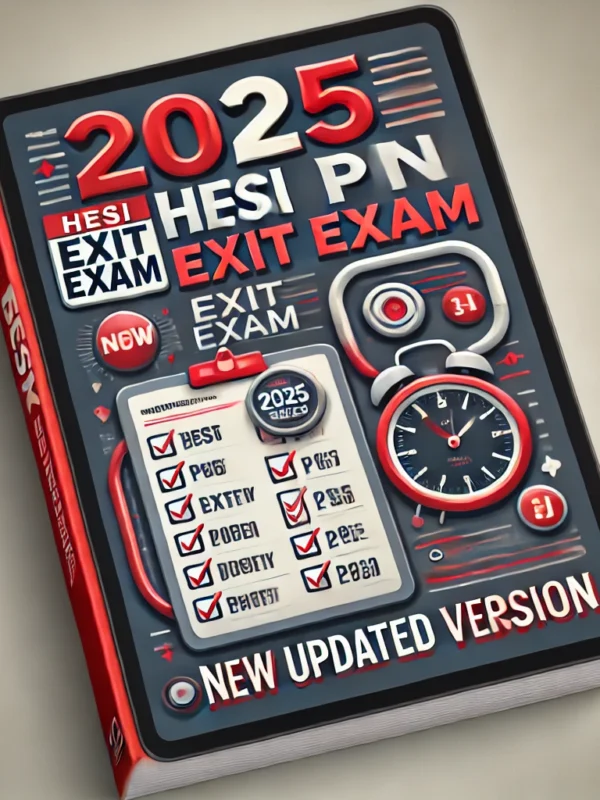
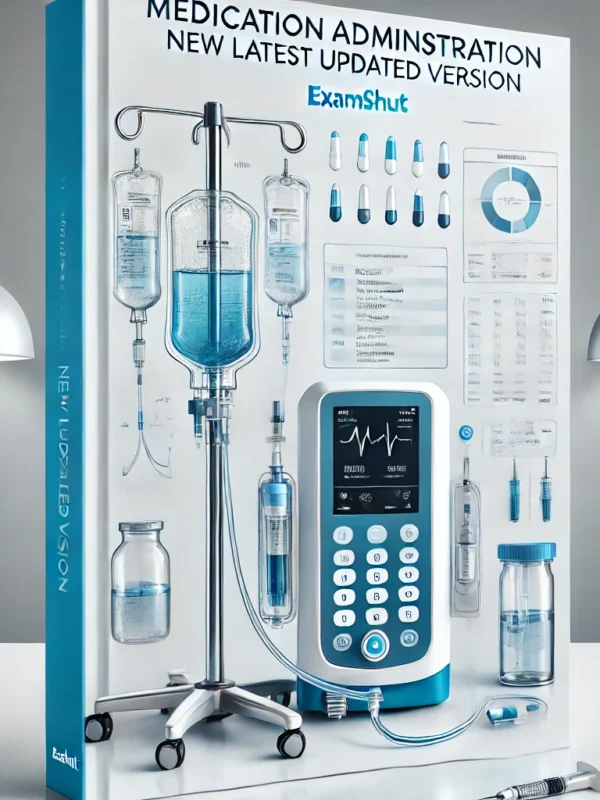
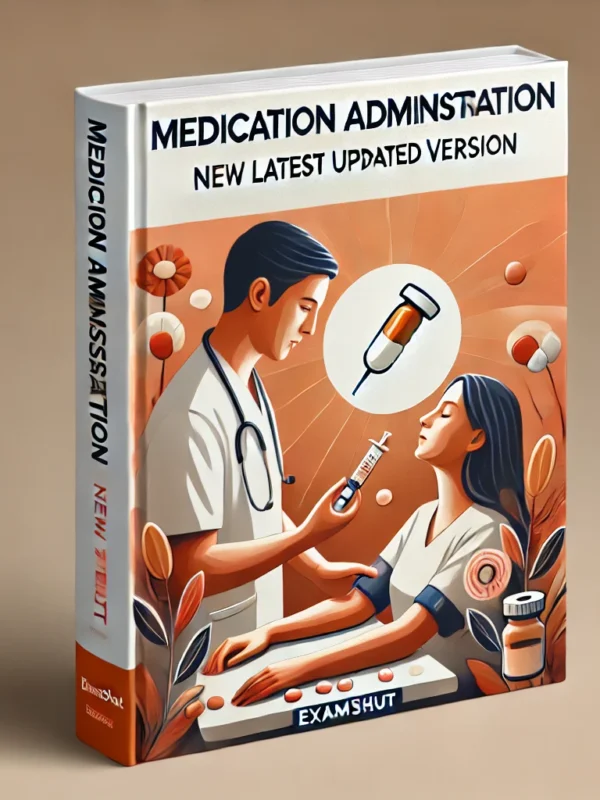
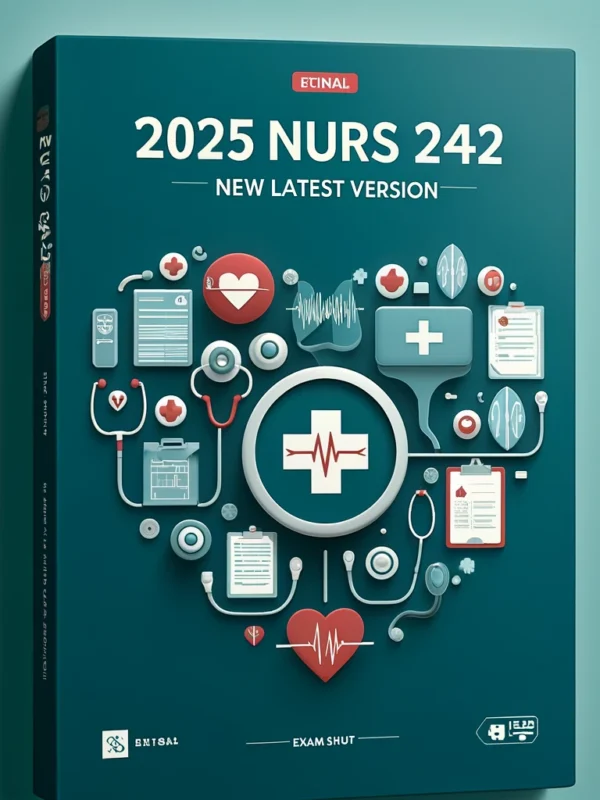
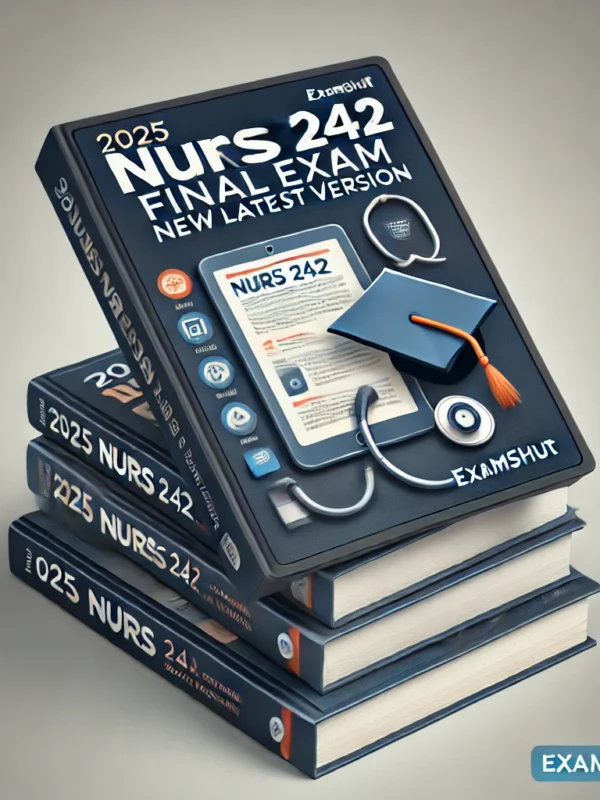
Reviews
There are no reviews yet.